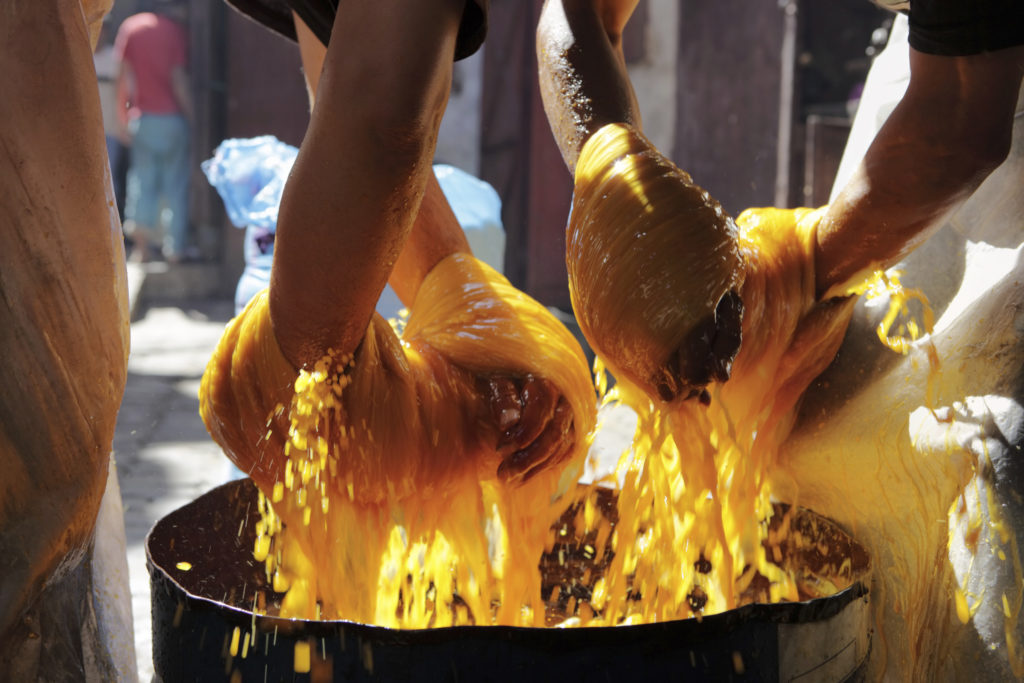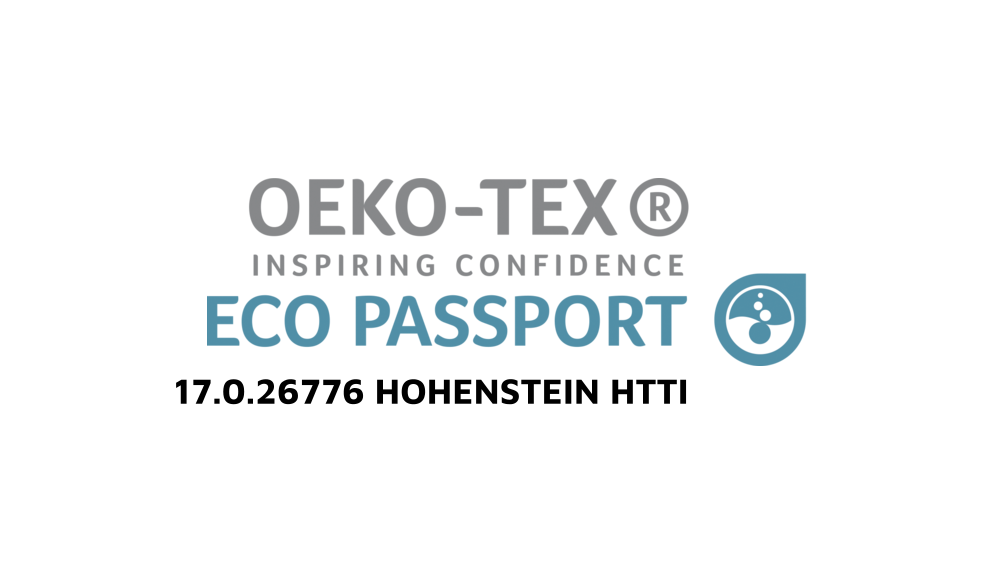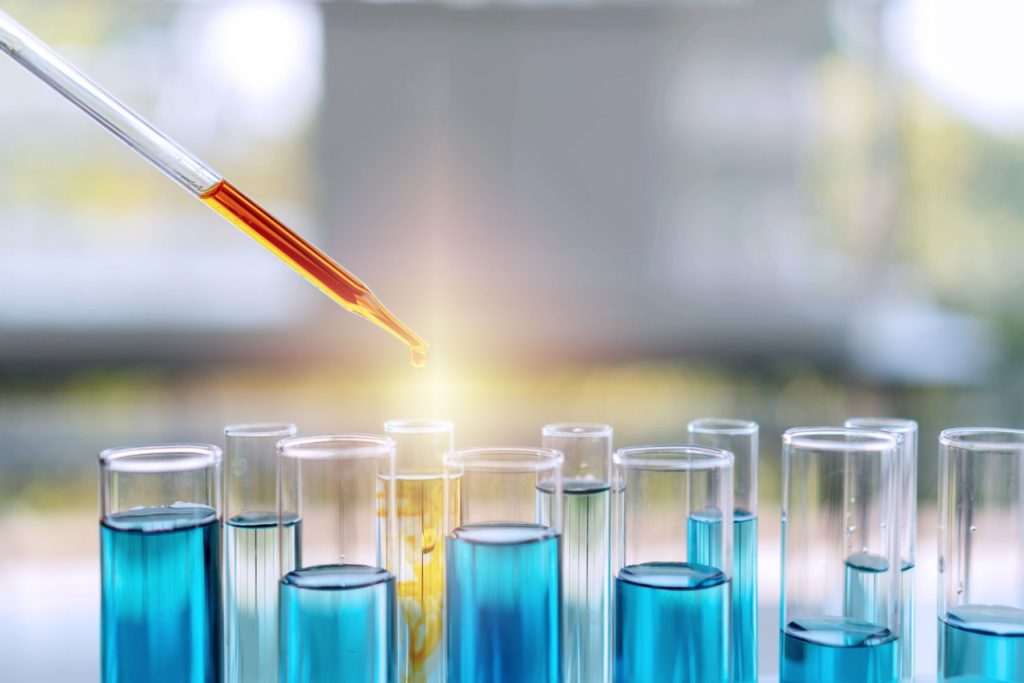Our environmental plan: Eliminate water pollution, save production costs and the planet’s fresh water supply
Water FREE, not a drop used, not a drop wasted
Water should be pure, clean and life-sustaining. But there’s a growing problem with water pollution and most people don’t know about it. The cause of much of the world’s dirty water is hanging in our closets. The textile industry is quietly polluting trillions of liters of water every year, making it the second largest water polluter in the world.


100% PFAS Free.
GTT uses NO PFC chemistries EVER! And neither should you.
Recent independent tests conducted by Bureau Veritas prove that EMPEL™ uses NO PFOA/PFOS in their chemistry to achieve the best water repellent fabric protection. Read the results.
Conventional water repellent treatments (DWRs) have relied on Fluorocarbon chemistries to add repellent properties to textiles. They are applied to shoes, carpets, jackets, and a wide variety of consumer products. In the past they offered excellent water repellency and some oil repellency. But like cigarettes from the past, everyone thought they were cool, worked great and caused no harm.
Certified and independently tested “Clean Chemistry“
To ensure the highest level of environmental and human safety, GTT starts by independently testing and certifying the EMPEL™ foundation chemistry. In addition to outside testing, the GTT lab regularly performs tests that show a wide variety of fabrics in the market are being treated with hazardous chemistries.


GTT Future testing and certification plans
The EMPEL™ technology is not just new chemistry, it is a comprehensive revolutionary manufacturing process that eliminates pollution throughout the process. At GTT we believe that the textile industry must move to a complete water-free manufacturing process.

